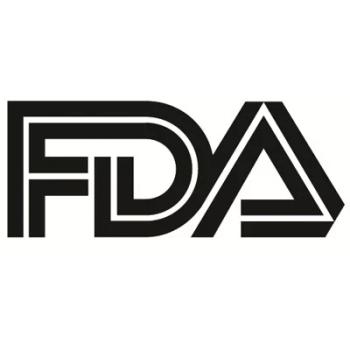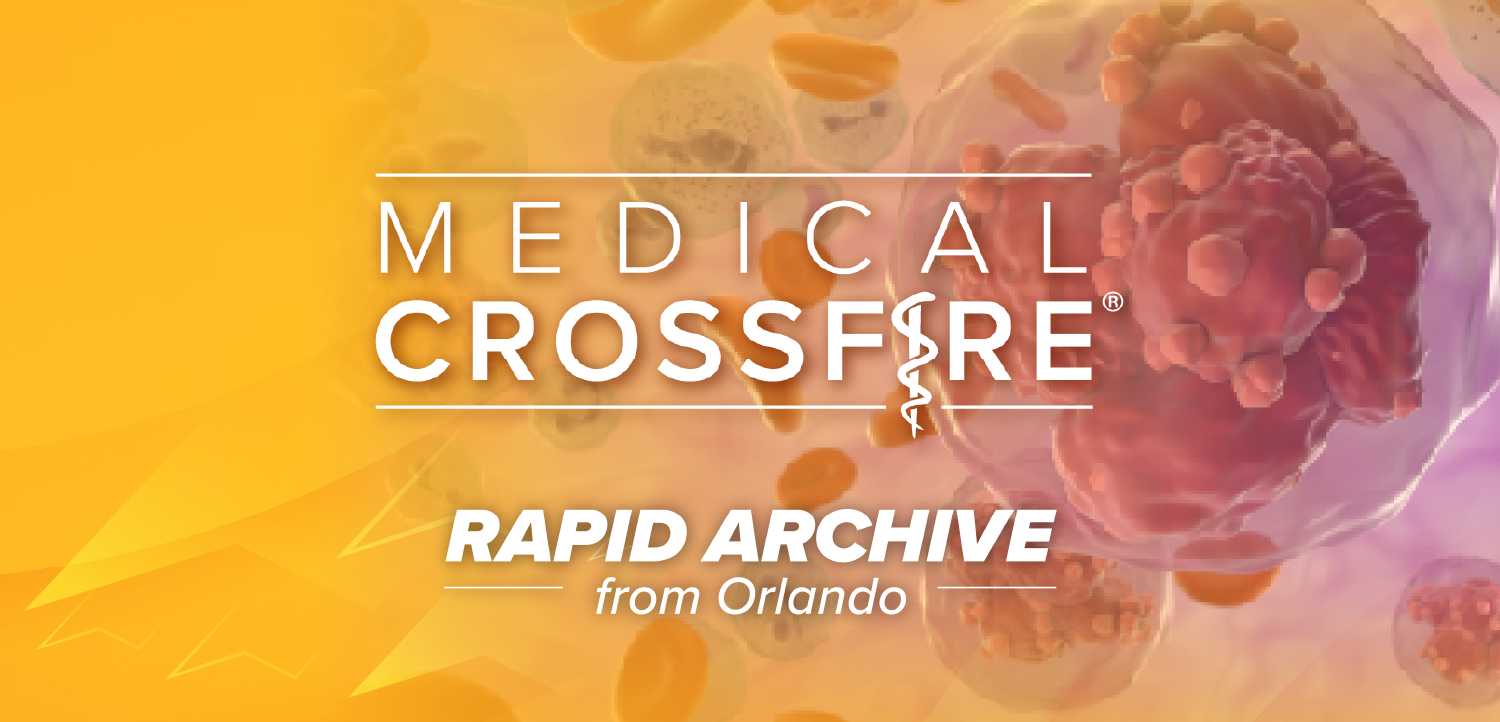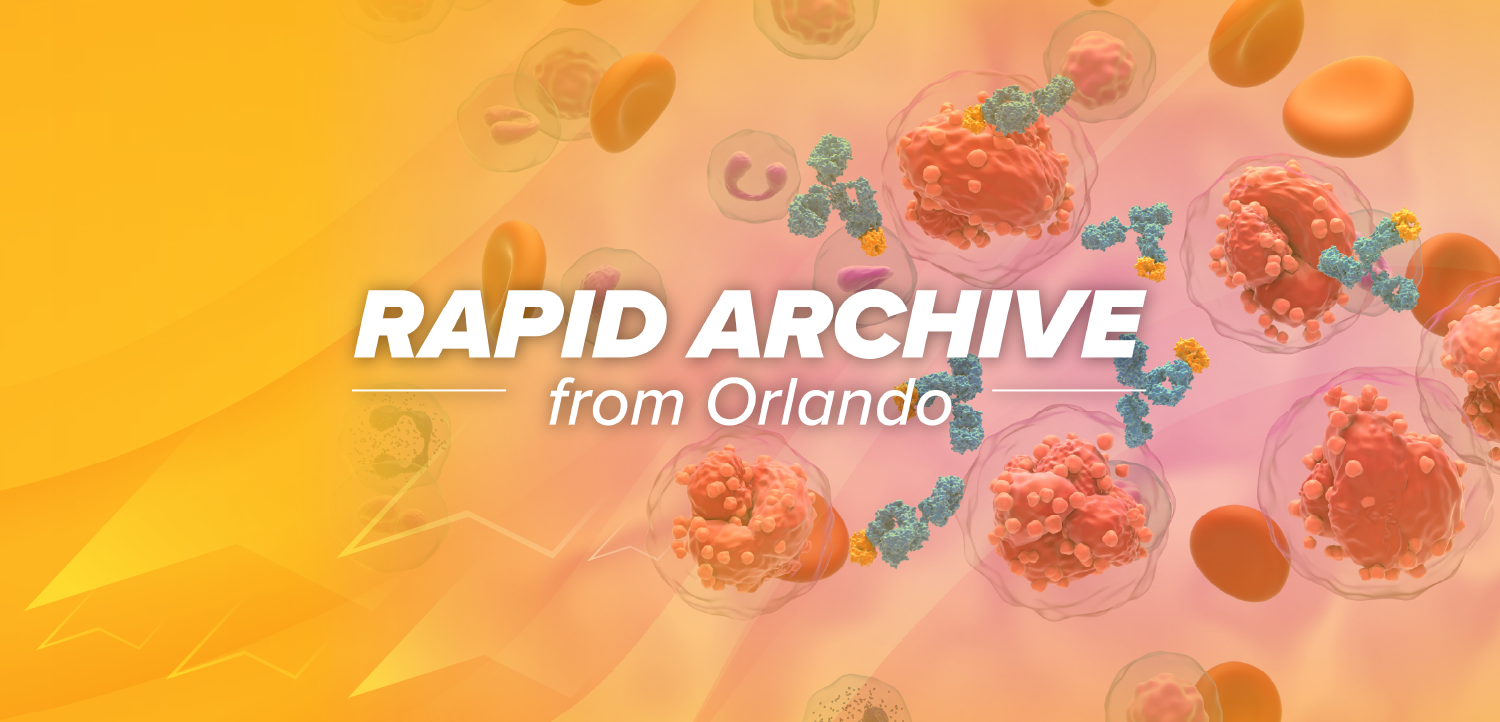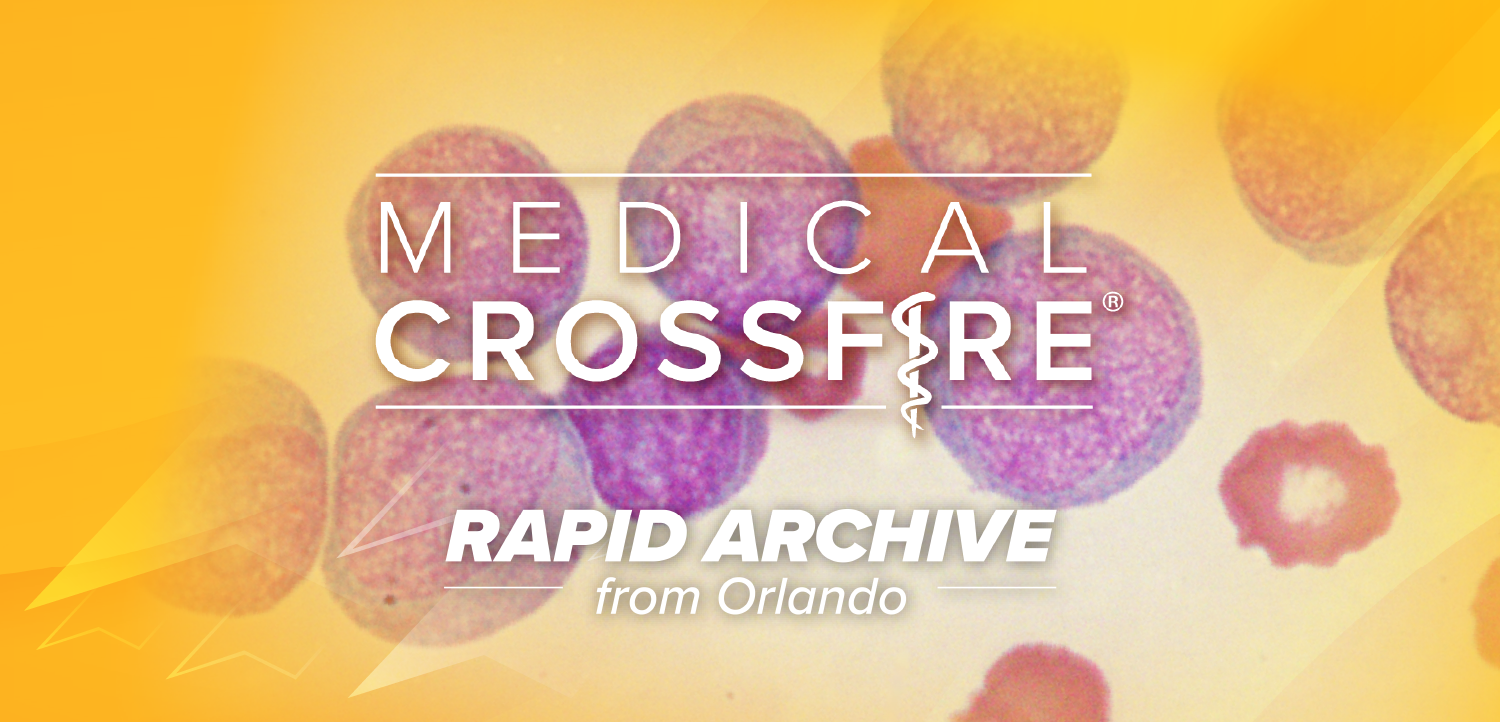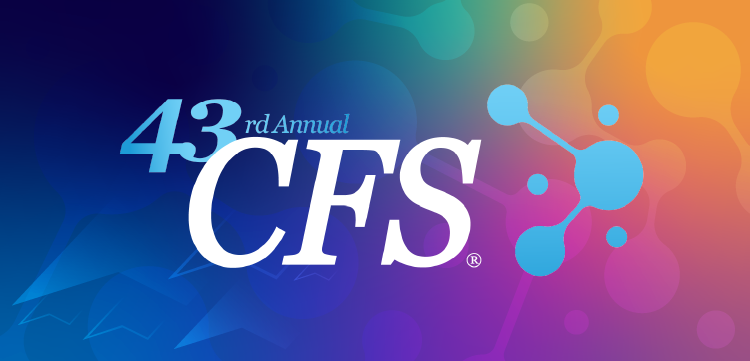
Gilead’s Bulevirtide Demonstrates Long-Term Sustained Virologic Response For Hepatitis D
Anu Osinusi, MD, discusses the findings examining bulevirtide as a standalone therapy and in combination with pegylated interferon alpha.
At the ongoing European Association for the Study of the Liver (EASL) Congress 2025, Gilead announced findings on its hepatitis D (HDV) therapy, bulevirtide. Specifically, the therapy was studied as a standalone treatment and in combination with pegylated interferon alpha (PegIFN).
In patients with compensated chronic hepatitis D (CHD), achieving undetectable HDV RNA with "target not detected" (TND) at the end of treatment (EOT) was strongly associated with virologic suppression 48 weeks post-treatment. Combination therapy with both bulevirtide 10 mg/day and PegIFN, as well as longer treatment durations with bulevirtide monotherapy, were associated with higher rates of undetectable HDV RNA at EOT and at 48-week follow-up, according to a poster presented at EASL.1
“What we can see from this emerging dataset is that in a subset of patients treated with bulevirtide, with or without pegylated interferon, they can not only achieve undetectable viral load while on treatment, but also stop therapy without viral relapse and maintain undetectable HDV RNA off therapy,” said Anu Osinusi, MD, vice president of Clinical Research for Hepatitis, Respiratory, and Emerging Viruses at Gilead. “And I think, importantly, that this is happening in the presence of HBV surface antigen is quite novel, because achieving sustained HDV RNA near undetectability in the presence of HBV surface antigen was unclear until recently. So, I think the data we present here at EASL this year not only confirm those findings, but also show that longer durations of undetectable HDV RNA on therapy are associated with a lower risk of post-treatment relapse.”
HDV affects an estimated 4.5% of people living with chronic hepatitis B (HBV), with an estimated global prevalence of 12 million.2 Given the severity of chronic hepatitis D, the risk of coinfections, and limited treatment options, there is a clear unmet need for effective therapies. Bulevirtide is a first-in-class entry inhibitor that has been approved in the European Union for chronic HDV infection in HDV RNA-positive adult patients with compensated liver disease. It is also approved in Australia and Russia. The therapy remains investigational in the United States.
Reflecting on the implications for patients with chronic hepatitis D, Osinusi sees promising results.
“When you look at a subset of patients—those who are undetectable for HDV RNA for at least 96 weeks—90% did not experience viral relapse during the post-treatment period,” Osinusi said. “So I think these data are incredibly promising. We're eager to continue analyzing this dataset to better understand how to achieve sustained, off-treatment undetectable HDV RNA, and what this could mean for people living with hepatitis delta, which, as you know, is the most severe form of viral hepatitis.”
This is the first segment of a 2-part interview with Osinusi. In the next segment, she will discuss the results from the pivotal phase 3 MYR301 study.
References
1. Zolum f, et al. Achieving undetectable hepatitis delta virus RNA at end of therapy with bulevirtide 10 mg/day with or without with pegylated interferon alpha is strongly associated with post-treatment virologic response in chronic hepatitis delta. Presentation OS-070. Presented at EASL 2025. May 7-10, 2025, New Amsterdam.
2. Final Data From the Phase 3 MYR301 Study Demonstrated Longer Treatment With Bulevirtide Was Associated With Sustaining Undetectability After Stopping Treatment. Gilead press release. May 7, 2025. Accessed May 9, 2025
https://www.gilead.com/news/news-details/2025/final-data-from-the-phase-3-myr301-study-demonstrated-longer-treatment-with-bulevirtide-was-associated-with-sustaining-undetectability-after-stopping-treatment
Newsletter
Stay ahead of emerging infectious disease threats with expert insights and breaking research. Subscribe now to get updates delivered straight to your inbox.



